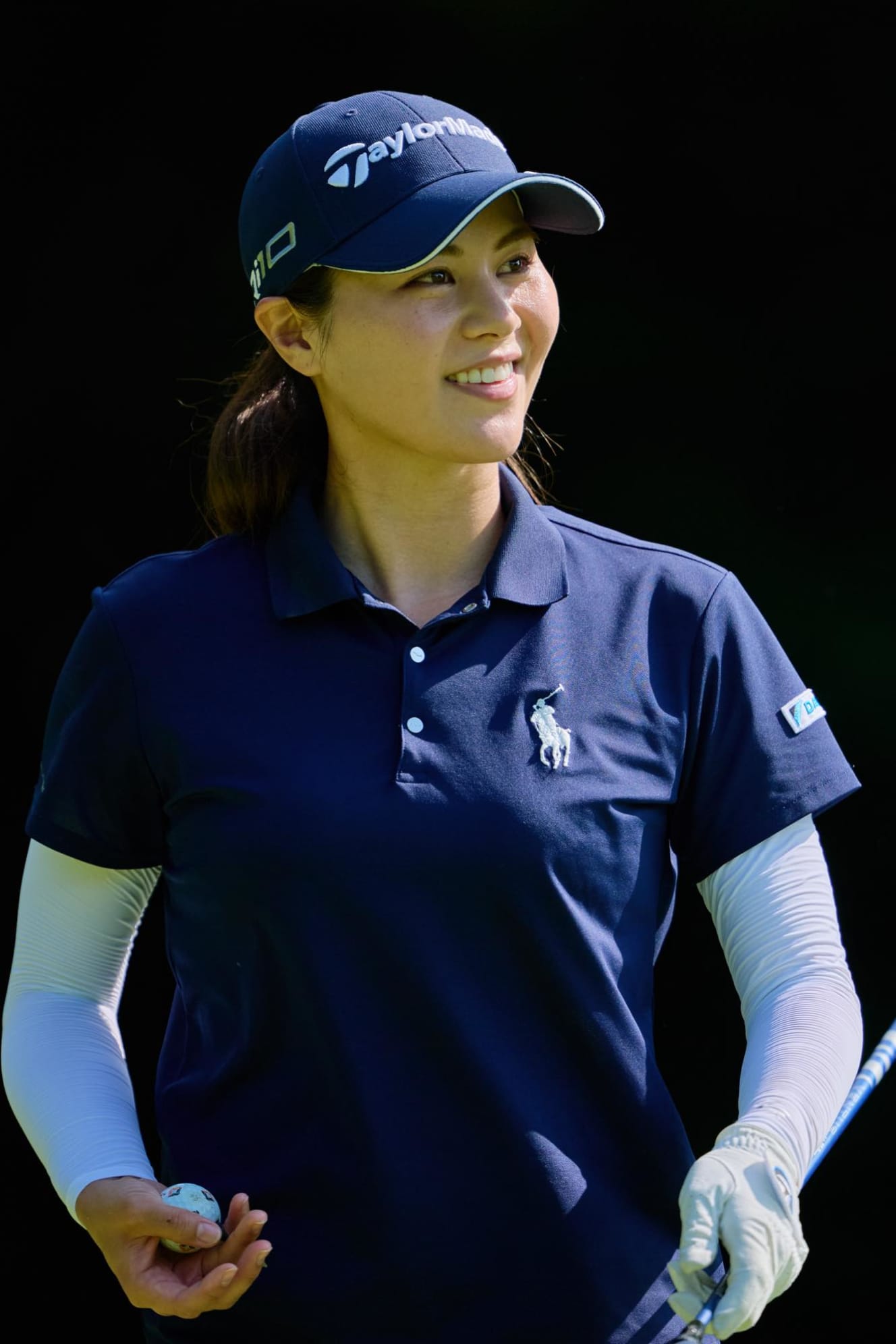The Reason Why the ‘Golden Generation’ Born in 1998, Including Hinako Shibuno and Erika Hara, Dominates This Season with Five Winners Already
The “Earth Mondahmin Cup” started on the 20th. Will Ayako Kimura (28), the queen from two years ago, win, or will a new heroine emerge? Leading the first day was Ayaka Takahashi (25), born in 1998. One of the “Golden Generation” born in 1998, which has already produced four winners this season, this generation is likely to draw attention in this tournament as well.
In March, Reika Usui (25) achieved her first victory at the “AXA Ladies Golf Tournament in MIYAZAKI 2024.” In the same month, Sakura Koiwai (26) won the Yamaha Ladies Open. In April, Haruka Amamoto (25), who passed the pro test on her fifth attempt, became the 15th winner of the same generation at the “Panasonic Open Ladies Golf Tournament.”
In May, Hina Arakaki (25) made a tearful comeback victory with her second tour win in six years since the “CyberAgent Ladies Golf Tournament” in ’18. The following week at the “Ai Miyazato Suntory Ladies Open Golf Tournament,” Momoko Osato (25) celebrated her third victory, three years after her last. The secret to the strength of this generation dates back to their junior days, as revealed by Osato:
“Originally, Minami-chan (Minami Katsu), Nasa-chan (Nasa Hataoka), and Hina-chan (Hina Arakaki) were all incredibly strong and active, so everyone aimed for that level.”
In ’14, as a first-year high school student, Minami Katsu won the amateur category at the JLPGA Tour’s “KKT Cup Vanterin Ladies Open,” setting a record at the time as the youngest winner in tour history at 15 years and 293 days old.
“I volunteered at local matches in Kumamoto and saw it firsthand. ‘Wow, what’s this?’ when they won. That experience was significant,” said Osato, who found inspiration in watching amateur victories of her peers.
Saki Asai (26), who returned to the tour in April after giving birth to her first child in June last year and winning one tour, also reflected on that time.
“There was a sense of team spirit among the Golden Generation, and we didn’t want to lose to other classes. There were really strong kids, so I became friends with them and practiced together to get stronger. There was that chain of improvement.”
She said that such chains also manifest in golf clubs.
“Of course, many players use clubs from the same manufacturer, and when we’re with the same company, we exchange information like which model works well or which shaft is good. Minami (Minami Katsu), Sakura (Sakura Koiwai), Hina-chan (Hina Arakaki) were originally like that. And Nasa-chan (Nasa Hataoka) is also there.”

Minami Katsu, Nasa Hataoka, and Hina Arakaki, these three have pulled their classmates along and raised their abilities. Not just strong elites since their amateur days, there are also hard-working individuals like Amamoto, who took the pro test five times to stand on the same stage.
“When I failed the pro test, I didn’t receive many messages from my peers, but when I passed, the celebrations were incredible. I received a lot of congratulations. I felt their consideration there. From junior days, I received encouragement from Osato and Shibuno, saying ‘Finally,’ ‘It’s about time,’ and ‘Let’s work hard together from here.'” (Amamoto)
In the world of women’s professional golf, there are many players who excelled in their amateur days but couldn’t turn professional. By reaching out to those who didn’t pass the test, those who did can inadvertently create pressure and sometimes lead to a sense of superiority, causing strained relationships.
When Amamoto achieved her first professional victory in April, the “invisible solidarity” of the Golden Generation came to light as a tangible concept.
“Osato said to me, ‘Well then, I’ll give it my best too! If Haru-chan can do it, then I.’ After Hina-chan (Hina Arakaki) won, and then Momoko (Momoko Osato) won, right?” (Amamoto)
Such inspiration extends to foreign players as well. Hinako Shibuno, who struggled with six missed cuts in nine tournaments this season, finished second in June’s U.S. Women’s Open.
“It feels like Momoko-chan and Hina-chan are doing it, so there’s quite a bit of motivation from our side (on the Japan Tour). While we don’t communicate frequently with Shibuno, we’re always aware of each other’s performances, and I think Shibuno feels the same way. Let’s keep pushing ourselves,” said Amamoto, who started in second place, one stroke behind the leader on the first day.
There are 30 active pros from the Golden Generation. While there are no formal group chats or year-end parties, there aren’t any factions either. Instead, they have a relationship where they can continually elevate each other. Even in the 13th Earth Mondamin Cup, someone from this group is likely to make headlines with their play.






Interview, text, and photographs: Shinji Tokari
